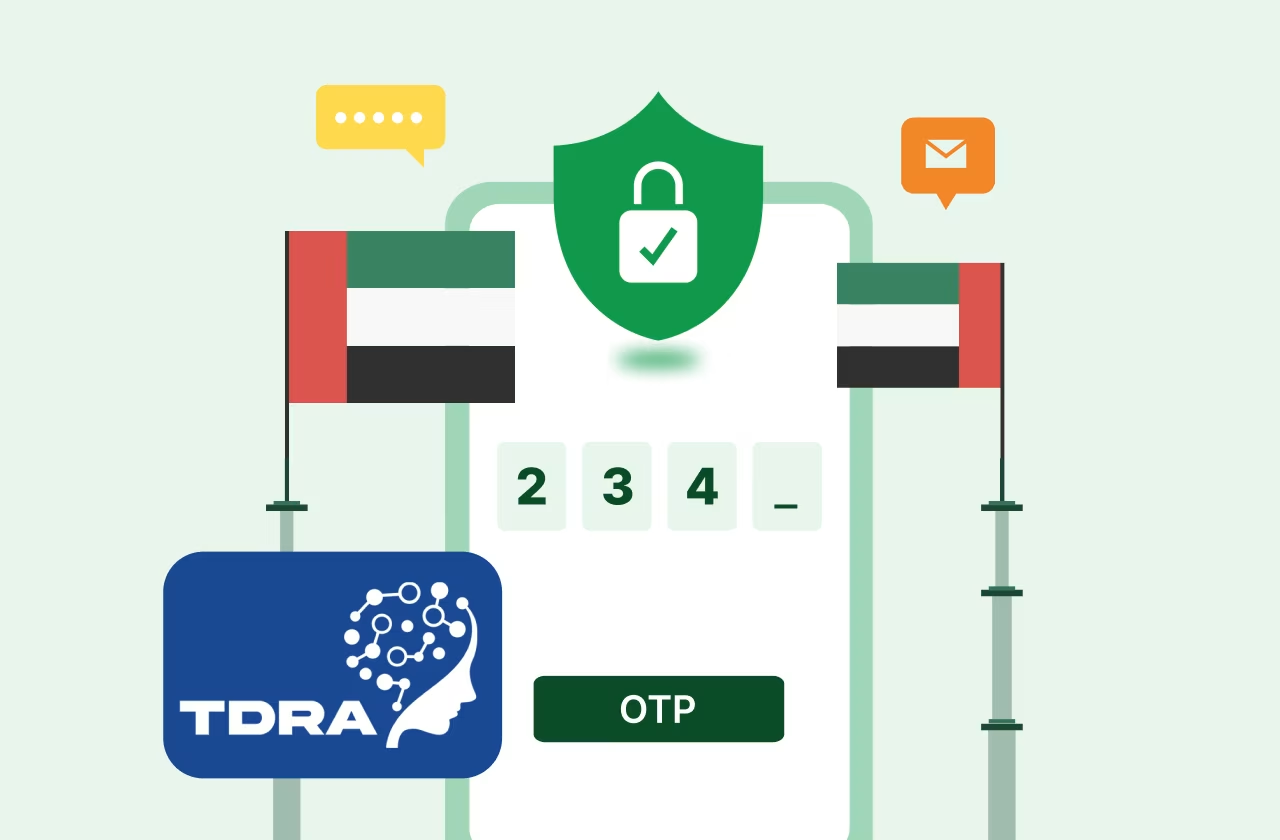Key Takeways
- Security and convenience will go hand in hand with biometric authentication
- AI and ML will revolutionize with real time threat detection
- Empowering users with increased control
- Enhanced user experience with a streamlined flow
- Integrations and alliances to expand authetication capabilities
With the increasing threats of cybercrime and the need for stronger security measures, one-time password (OTP) authentication has become a vital tool in protecting online accounts. However, as technology advances and user expectations evolve, the future of OTP authentication is poised to undergo significant changes. FBI warned that threat actors are obtaining OTPs and circumventing MFA techniques. In this article, we will explore the emerging trends and innovations that will shape the future of OTP authentication, focusing on biometric authentication, artificial intelligence and machine learning, increased user control, enhanced user experience, and integration with other technologies.

1. Biometric Authentication: Combining Security and Convenience
Biometric authentication, which utilizes unique physical characteristics or behavioural traits to verify an individual's identity, is gaining momentum in the authentication landscape. Technologies such as fingerprints, face recognition, and iris scans offer a more secure and convenient alternative to traditional OTP methods. In the future, OTP authentication or OTP SMS is likely to be integrated with biometric authentication, providing an additional layer of security while offering a seamless user experience.
Biometric authentication eliminates the need for users to remember complex passwords or enter OTP codes, making the authentication process more efficient and user-friendly. By leveraging biometric data, businesses can ensure that only authorized individuals have access to sensitive information, reducing the risk of unauthorized access and identity theft.
2. Harnessing the Power of AI and ML for Real-Time Threat Detection
Artificial intelligence (AI) and machine learning (ML) technologies have the potential to revolutionize OTP authentication by enabling real-time threat detection and prevention. AI algorithms can analyze vast amounts of data and identify patterns to detect fraudulent activities, such as phishing attempts and unauthorized login attempts.
By leveraging AI and ML, businesses can enhance the security of OTP authentication by detecting and blocking suspicious activities in real-time. This proactive approach minimizes the risk of data breaches and provides users with a greater sense of security when accessing online accounts.
3. Empowering Users with Increased Control over Authentication Methods
In the future, users are likely to have more control over their authentication methods, allowing them to choose the type of OTP they receive and manage their authentication devices. This increased flexibility empowers users to customize their authentication experience based on their preferences and needs.
For example, users may have the option to receive OTP codes through SMS, email, or other communication channels. They may also be able to manage their authentication devices, such as adding or removing trusted devices for seamless access to their accounts. This level of user control enhances the overall user experience and ensures that authentication methods align with individual preferences and security requirements.
4. Enhancing User Experience: Streamlined and User-Friendly
User experience (UX) plays a crucial role in the success and adoption of any authentication method. Traditionally, OTP authentication through SMS has been deemed clunky and inconvenient, requiring users to switch between applications to retrieve and enter OTP codes. However, as technology progresses, the future of OTP authentication promises a more streamlined and user-friendly experience powered by the new age OTP SMS providers.
Innovative technologies, such as augmented reality (AR) and virtual reality (VR), can be integrated into the authentication process to enhance the user experience. For example, AR overlays can provide visual cues for entering OTP codes, eliminating the need for users to switch between applications. VR can create immersive and interactive authentication experiences, making the process more engaging and memorable.
5. Integration with Other Technologies: Expanding Authentication Capabilities
OTP authentication is not limited to standalone applications. In the future, we can expect OTP authentication to be integrated with other technologies, such as blockchain and the Internet of Things (IoT), to create new and innovative authentication solutions.
Blockchain technology offers enhanced security and transparency, making it an ideal candidate for securing OTP authentication data. By leveraging blockchain, businesses can ensure the integrity and immutability of OTP codes, reducing the risk of tampering or manipulation.
Additionally, the IoT presents unique opportunities for OTP authentication. Smart devices, such as wearables and connected home devices, can serve as authentication tokens, eliminating the need for users to carry physical OTP generators or rely solely on their smartphones for authentication. This integration of OTP authentication with IoT devices enhances convenience and accessibility while maintaining a high level of security.
6. FIDO Alliance
The Fast Identity Online (FIDO) Alliance is a global consortium of companies working to enhance the security of online authentication. The FIDO Alliance provides open standards for secure and convenient authentication, including OTP-based authentication, to help prevent fraud and protect user privacy.
Conclusion: Embracing the Future of OTP Authentication
As the digital landscape evolves and cybersecurity threats continue to pose challenges, the future of OTP authentication holds great promise. The integration of biometric authentication, AI and ML technologies, increased user control, enhanced user experience, and integration with other technologies will shape a new era of secure and user-friendly authentication.
Businesses that stay ahead of the curve and adopt these emerging trends in OTP authentication will not only enhance their security measures but also provide their users with a seamless and convenient authentication experience. By selecting the right OTP service provider, businesses can safeguard their digital assets and protect their users from the ever-evolving threats of the digital world. OTP service providers even enable OTP SMS without any DLT registration in India.





.avif)




